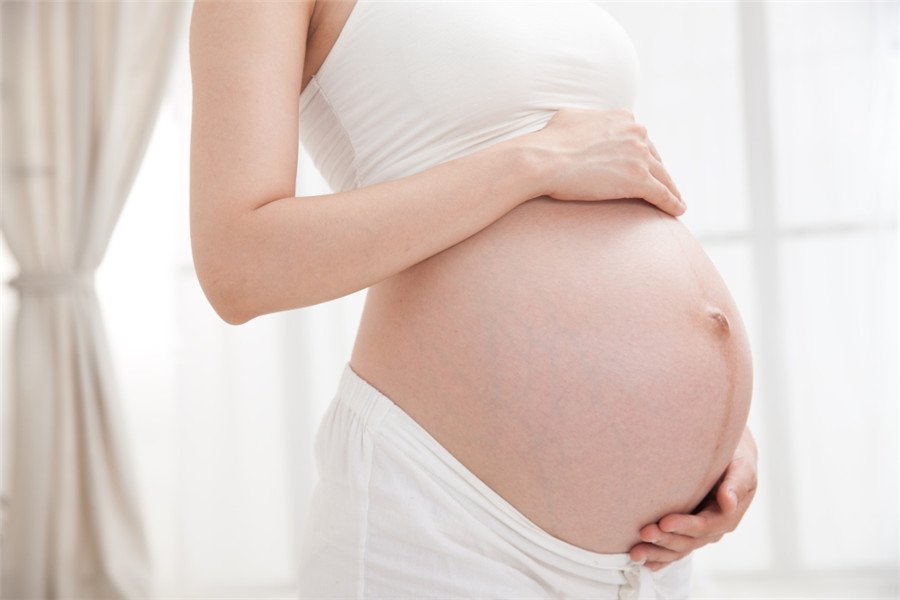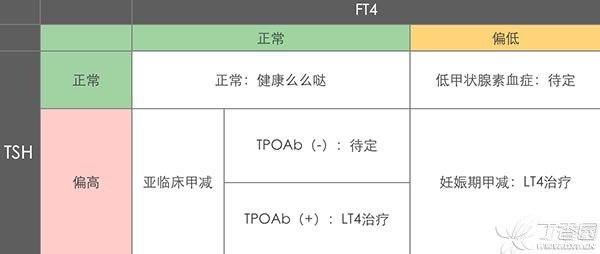
The previous [hyperthyroidism] mentioned: after entering the pregnancy period, in order to meet the increasing metabolic needs of pregnant women and fetuses, the thyroid gland has to work overtime to expand its production capacity. However, the thyroid gland is also fleshy. Does the production capacity mean that expansion will definitely expand? Today, hyperthyroidism doctors (micro signal: Jiakangyisheng, welcome to pay attention) invited endocrinologist Dr. Zhang Zheng to talk to you.
I. Causes of Hypothyroidism during Pregnancy
The reality is that some expectant mothers are unable to synthesize more thyroxine.
There are roughly two kinds of reasons for this:
1. Hypothyroidism has been clearly diagnosed before pregnancy.
Hashimoto’s thyroiditis, the most common disease leading to hypothyroidism, is prevalent in women of childbearing age. Therefore, there are not a few expectant mothers who prepare for pregnancy and pregnancy while treating hypothyroidism. It is conceivable that a weak sick horse will run to the battlefield in heavy armor.
2. New hypothyroidism during pregnancy due to various reasons
This is understandable, Because the thyroid gland itself has some problems, Although they can barely do their daily work and do not show any abnormalities, they cannot bear the high-intensity load under pregnancy. Just like the Beiyang Navy Division before the Sino-Japanese War of 1894, it threw its weight around and claimed to be the first in East Asia. In fact, there were many internal and external crises. In the face of strong opponents in wartime, it soon collapsed and collapsed.
Second, can hypothyroidism during pregnancy be prevented?
No matter what kind of situation, what needs to be made clear is that hypothyroidism during pregnancy must be corrected, otherwise it may lead to many adverse pregnancy events, including abortion, premature delivery, preeclampsia, pregnancy hypertension, postpartum hemorrhage, low birth weight of newborn, stillbirth and fetal intellectual and psychological development injury, etc.
1. For female compatriots who are treating hypothyroidism and plan to become pregnant, the doctor’s advice is:
1.1 Control serum TSH to < 2.5 mIU/L level through treatment before pregnancy, and the more ideal goal is to keep TSH between 0.1 and 1.5 mIU/L;
1.2 Once pregnant, increase the drug dose from the original level.25%-30%The simplest way is to take an extra dose of two days a week (increase29%), and then adjust according to the target value.
2. For those who have no history of hypothyroidism, in other words, for all healthy pregnant women, although due to the limitation of national conditions, China has not yet conducted a census of thyroidism for pregnant women, doctors still suggest:
2.1 It is recommended that qualified pregnant women screen thyroid diseases in early pregnancy. The screening contents include: serum TSH, FT4, TPOAb;;
2.2 The timing of screening should be before 8 weeks of pregnancy, preferably before pregnancy.
Three, hypothyroidism during pregnancy can be cured?
In the special state of [pregnancy], Many expectant mothers turn pale at the words “disease” and “medication” and even fear them like tigers. In fact, as long as the diagnosis is made in time, [hypothyroidism during pregnancy] is not terrible at all. For its treatment, it can even be summed up in three words: effective, safe and economical. People must not miss such a simple and cheap disease-I mean, the treatment method of the disease.
As long as we grasp the following principles, we will not worry about smooth customs clearance:
-
[Levothyroxine (LT4)] is currently the only correct drug for the treatment of hypothyroidism in pregnancy. If someone is still using thyroid tablets, LT3, or LT4/LT3 combined preparations, they should change dressings and doctors.
-
Serum TSH is the most important index of treatment assessment, and the target value varies in different stages of pregnancy, specifically: 0.1 ~ 2.5 mIU/L in the first trimester of pregnancy (0-12 weeks), 0.2 ~ 3.0 mIU/L in the second trimester of pregnancy (13-27 weeks), and 0.3 ~ 3.0 mIU/L in the second trimester of pregnancy (28-40 weeks);
-
After pregnancy, LT4 dose should be adjusted back to the pre-pregnancy level, and TSH level should be reexamined 6 weeks after delivery in order to further adjust the dose.
Four, is neither [normal] nor [hypothyroidism], is that what?
There are a lot of professional words and numbers, and you may be tired of reading them again. In fact, the actual clinical situation is much more complicated than the above understated words. For example, between [normal] and [hypothyroidism], there is also a [subclinical hypothyroidism] state, which is a what problem?
1. Subclinical hypothyroidism
The so-called [subclinical hypothyroidism] refers to the serum of pregnant women.TSHThe level is higher than the normal upper limit of pregnancy, whileFT4The level is still normal. This is roughly a state in which the thyroid gland works overtime and finally completes the set task, but it is already [tired and unloving].
More and more studies show that this state will also increase the risk of pregnancy, but whether to treat it or not still needs to refer to another important indicator: thyroid peroxidase antibody (TPOAb).
1.1 If TPOAb is negative, due to insufficient evidence-based evidence, the treatment is still controversial and noncommittal;
1.2 If TPOAb is positive, LT4 treatment is recommended. The treatment target is the same as before. In addition, as long as TPOAb is positive, even if TSH and FT4 are normal, it is necessary to regularly review thyroid function, because it reflects that thyroid gland is suffering from autoimmune injury. It is only a matter of time before compensation to decompensation.
2. Hypothyroxinemia
In addition to normal, pregnant hypothyroidism and subclinical hypothyroidism, there is also a hypothyroxinemia state, i.e. TSH level is normal, while FT4 is lower than the lower cut-off point.
From a reasonable point of view, it seems that it should be corrected, but the judgment of modern medicine depends not on speculation but on empirical evidence. At present, there is still a lack of evidence-based evidence in this respect, so it can only be noncommittal.
V. Summary
It’s time to sum up again. Students who want to save trouble can skip the full text and only look at this form, and keep in mind: hypothyroidism during pregnancy is effective, safe and economical. For the safety and health of pregnant women and babies, please all expectant mothers must check and take drugs under the guidance of doctors.

Fig. 1: Level of thyroid function and principle of management during pregnancy
Author: Zhang Zheng
Copyright of Clove Garden. No reprinting is allowed without permission.
